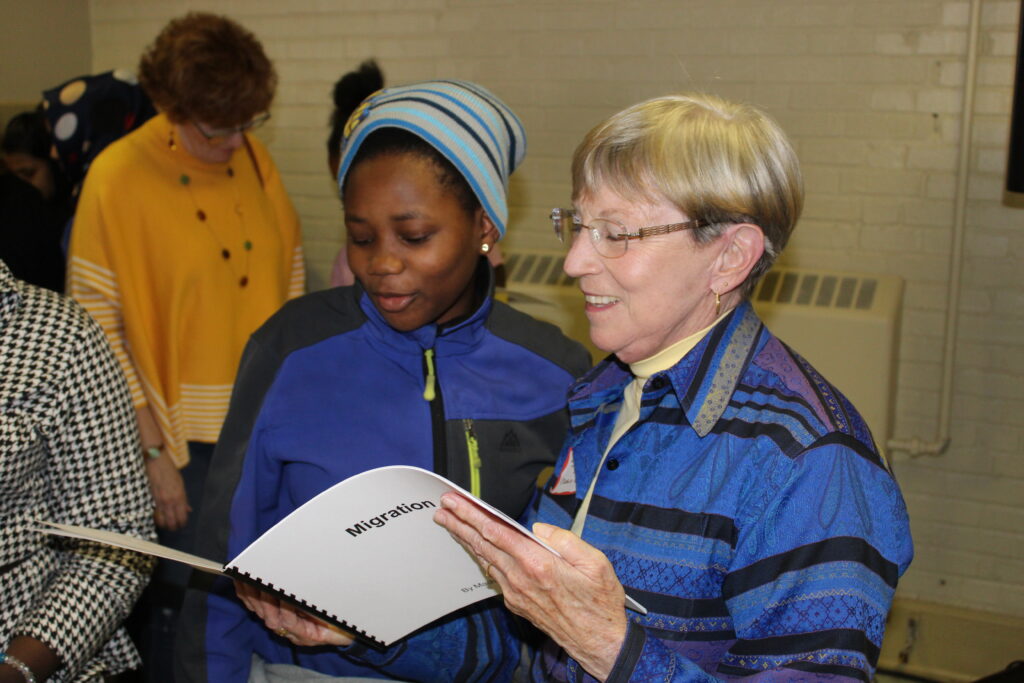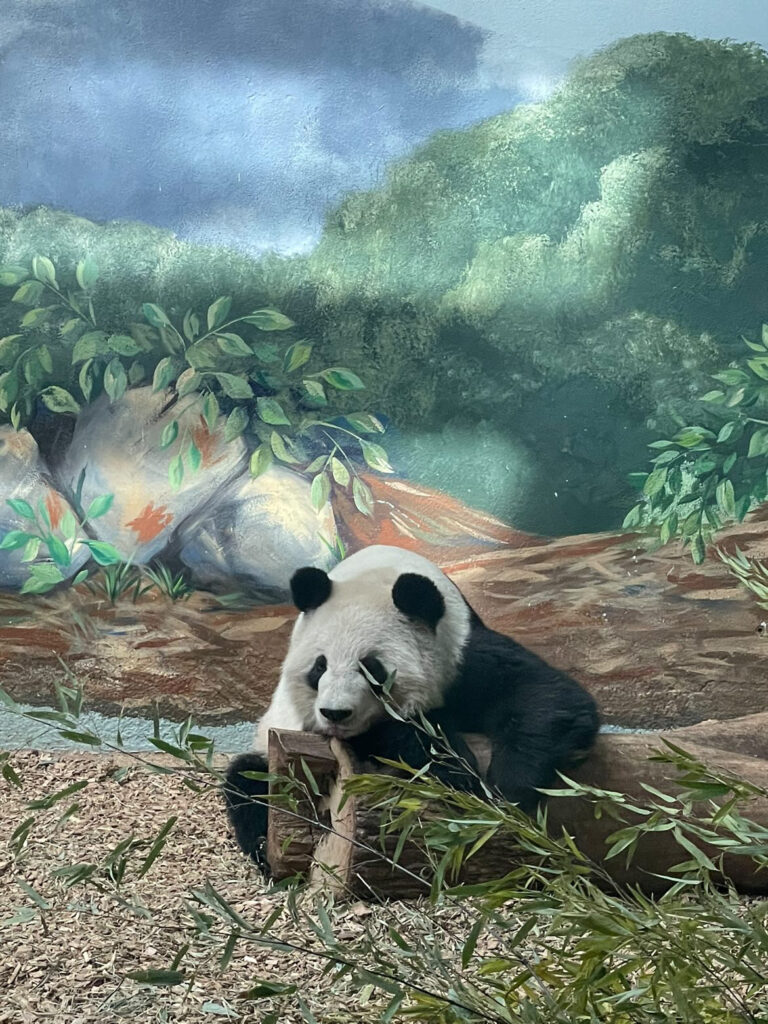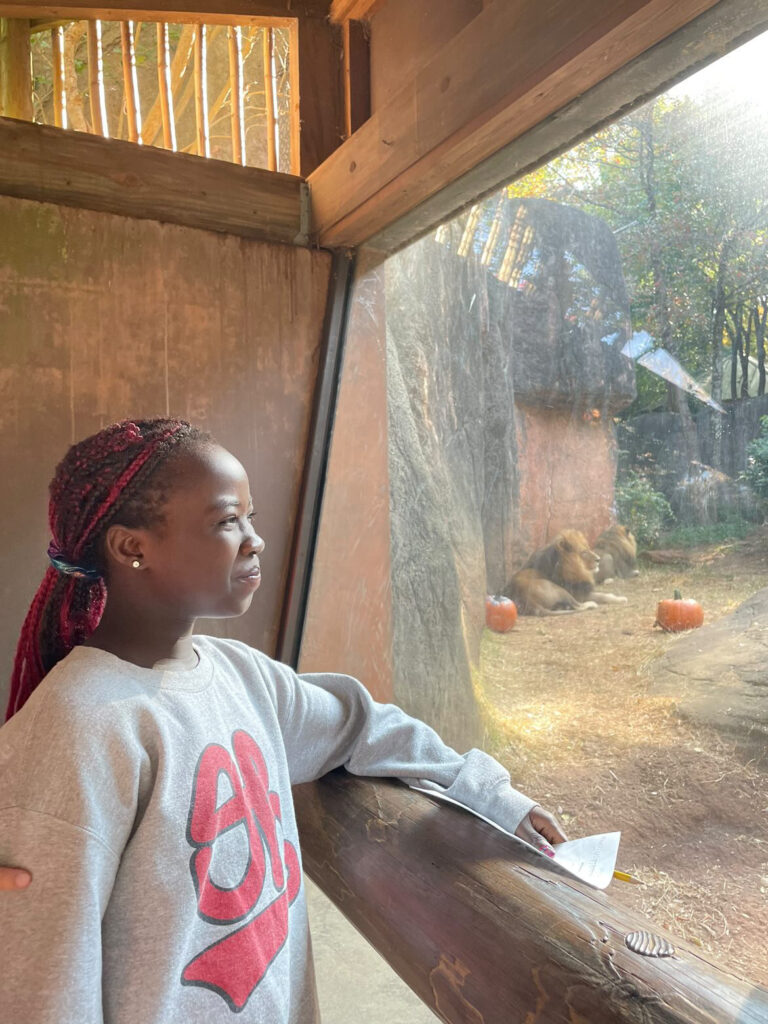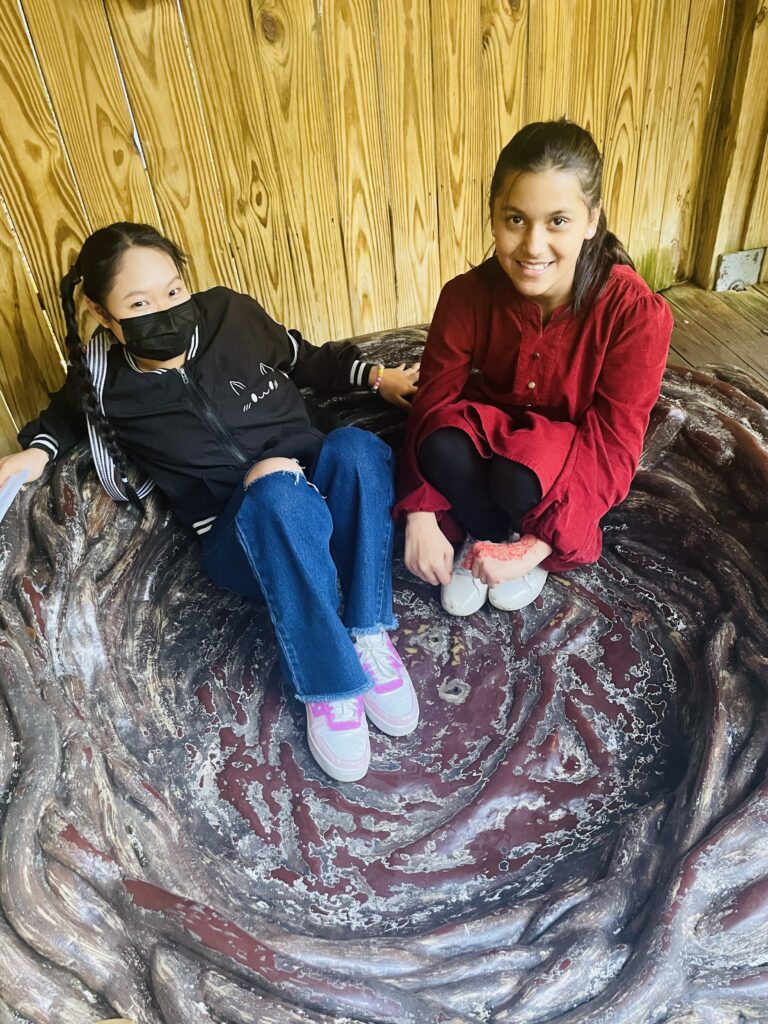by Staff | November 28, 2022
The Migrations Unit, one of GVP’s integrated units of study, is now fully underway. Across all forms, students are studying varying aspects of migrations. In this unit, students examine human migration and animal migration as adaptations to changing ecosystems. They study push/pull factors as reasons living things migrate. Some students will study animals such as monarch butterflies, penguins, and wildebeests as examples. Others study historical migrations such as the silk road, American migration, and the slave trade. Students will then focus on one animal migration story. They will write informative pieces and present to a wide audience at the next Authors’ Tea in December.
This study happens differently in each class. In Ms. Olivia’s Form Two English Language Arts class, students are hunched over their notes at their desk, trying to organize them in order. From the research they have transferred on to sticky notes, they will categorize their findings and then create a title for each category. Those titles will be used to create a table of contents for the books they are writing. Form Two is writing about monarch butterflies and Mali elephants. In Form Three, students are writing about famous immigrants. In front of them are names like Ilhan Omar, Albert Einstein and Malala, who is always such a fan favorite at GVP she might as well go to school here.
“In this process, all research and writing is scaffolded: Leveled books with pictures and clear text features; sticky notes to focus note taking, thinking maps to organize thinking and notes, sentence frames will be used in varying levels,” says Ms. Olivia. At one point during the process, students are mixed between forms, with Form Three diligently helping Form Two on their projects, different levels working shoulder to shoulder with each other.
By the end of this unit, when students present their projects to guests at the Author’s Tea, they would not just have grown in their language skills, but would also have acquired new knowledge in their social studies classes. They will begin to understand what are the things necessary to all living things for survival. They will learn how living things fill those specific needs? They will learn what happens to living things when their habitat no longer provides the necessary resources as well as the various reasons for human and animal migration.








